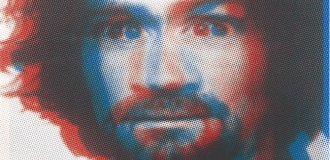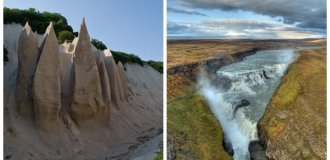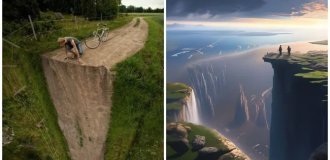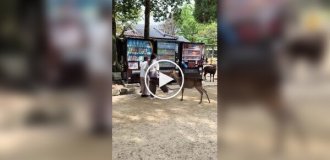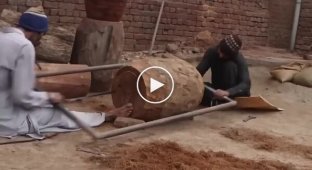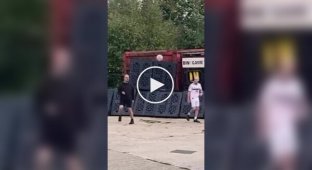Tristan da Cunha - the island of distance (11 photos)
Go somewhere in a godforsaken place for a while holidays or vacations is great. But only for a while. And there are people who live far from civilization always. And they are not at all saddened by this. 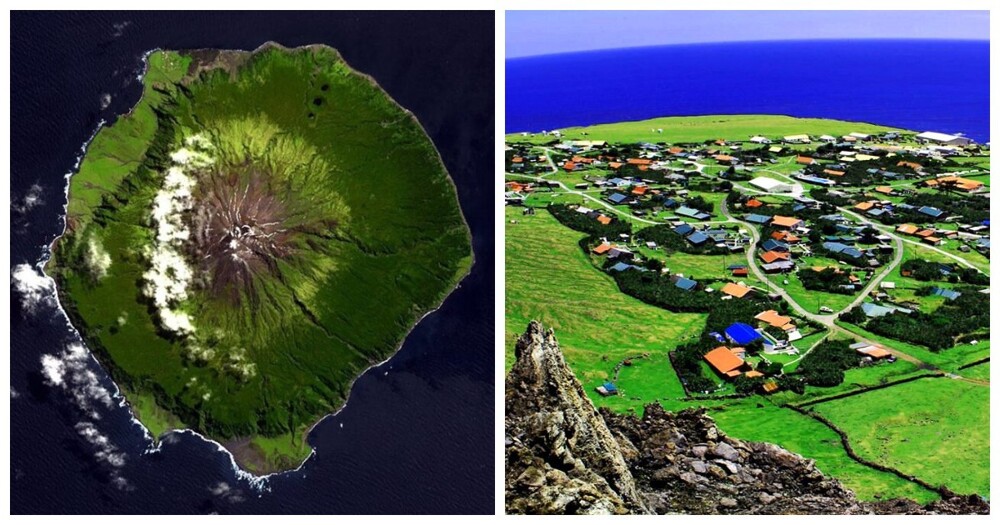
This is how several generations of inhabitants of the island have been living. Tristan da Cunha, which is lost in the South Atlantic Ocean. The area is quite impressive - a little less than 100 square kilometers. And most of them are in the volcano. And not sleeping, but active. This is the main formidable inhabitant of the island. The rest are ordinary people, of which there are about 250 people. 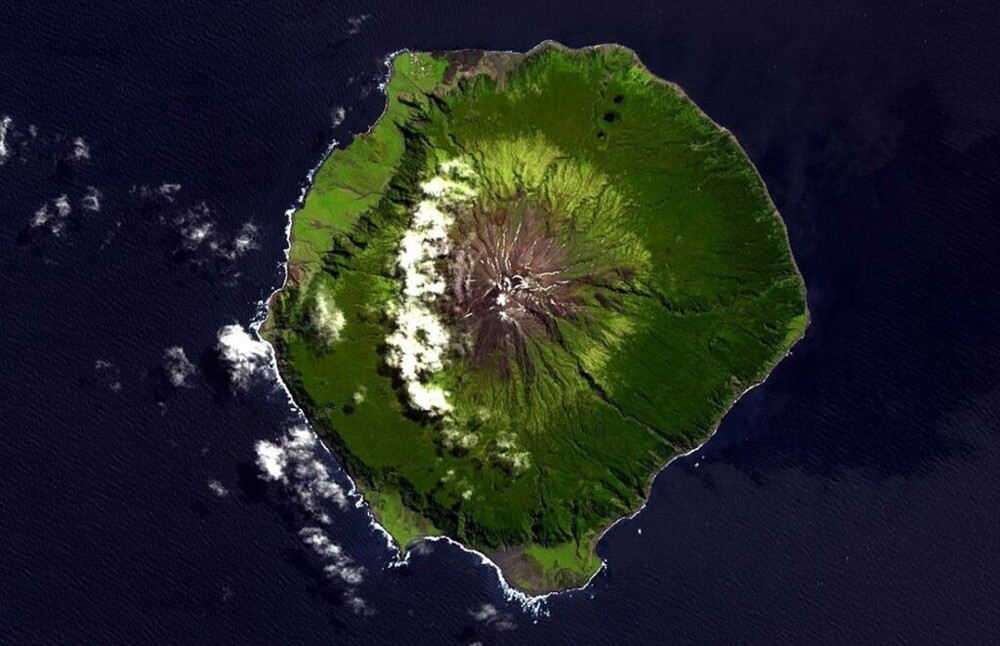
bother with the political system, as in the big world, due to the small number of meaning is not. Once every few years they just choose the main one and continue to enjoy life.
In fact, the island is under British rule, but does not belong to her. However, the local elder does an excellent job with their duties and without outside influence. Because the accidents on this piece of land lost in the ocean, which can be called one of the most remote inhabited places in the world does not happen. 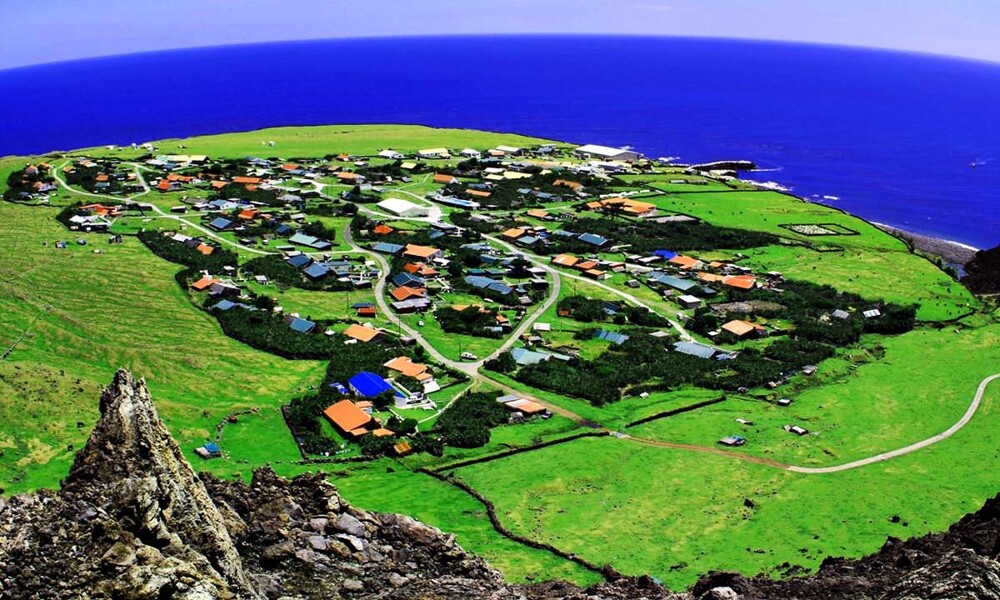
The island is named after the discoverer - the Portuguese named after Tristan da Cunha, who discovered it back in 1506. Much later, already in the 19th century, the British military settled here, to control the region (there was a strategically important sea way to India and Asia). Then the military left, and the civilians remained, forming a community.
Until the 1960s, people lived on subsistence farming. A then something happened that made the island a tourist destination attraction: a dormant volcano woke up. Of course local had to evacuate because of the threat. But upon returning to life islanders began a new era. 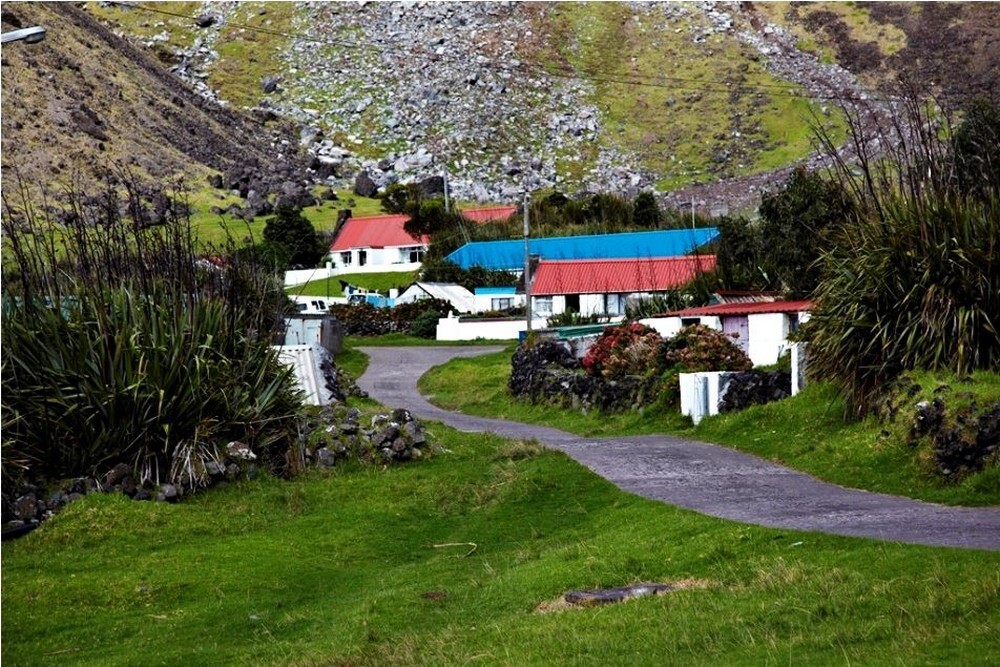
First of all, the temporary relocation had a positive effect on the health of the locals - diluted the genes, because it all started literally with one and a half dozen inhabitants, and some were relatives of each other, albeit far away. The islanders brought with them husbands and wives from the mainland and diluted the blood. Now Tristan is home to about 80 families. 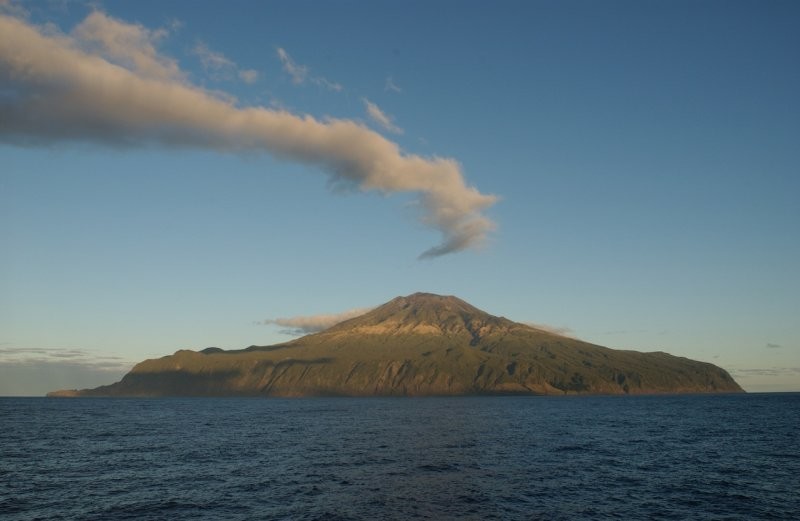
Residents have everything they need: a school, shops, hospital. Even two churches. There is also public transport because the inhabitants continue to cultivate the fields in the old manner with the whole commune. A they are located far from the residential area. So drive spud potatoes are accounted for either by personal transport or by public transport. 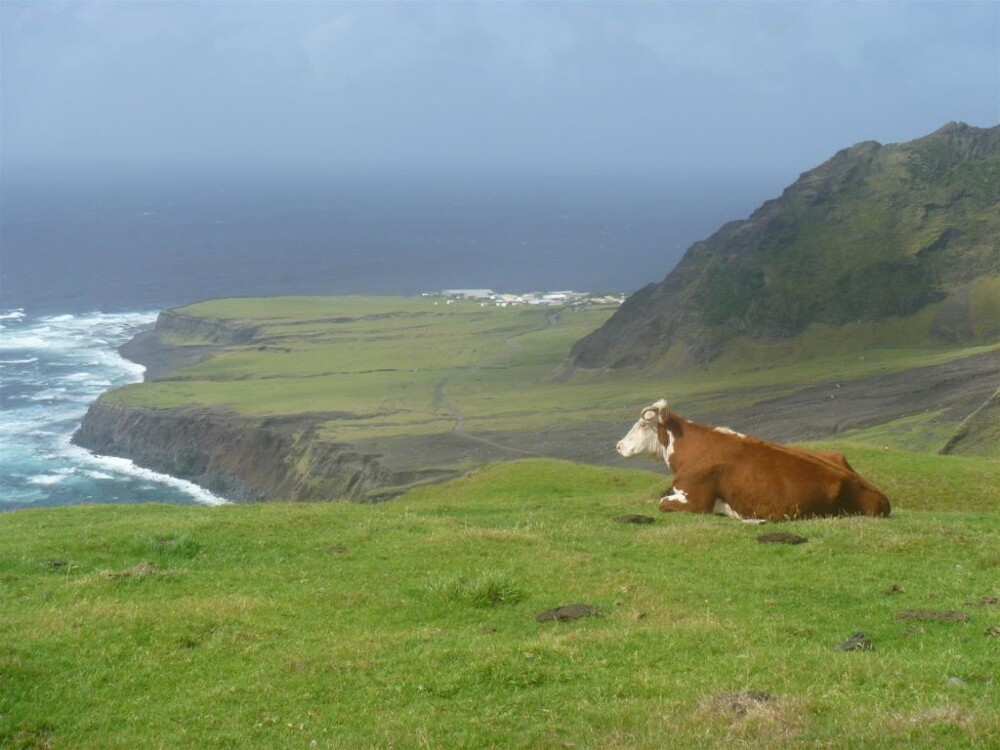
Remarkably, the lands here are in common property. That is, to redeem the fields for personal use to someone alone impossible. There are no wild animals on Tristan. The exception is livestock. And then its content is strictly regulated: one cow and four sheep for a family. Restrictions are associated with sparse vegetation. 
The basis of the local economy is the extraction and processing of lobsters. For the purposes of producing this costly delicacy on the island built a public factory.
What attracts tourists to the lost land? Volcano Conquest Queen Mary, studying the life of rare crested penguins and visiting neighboring uninhabited islands. 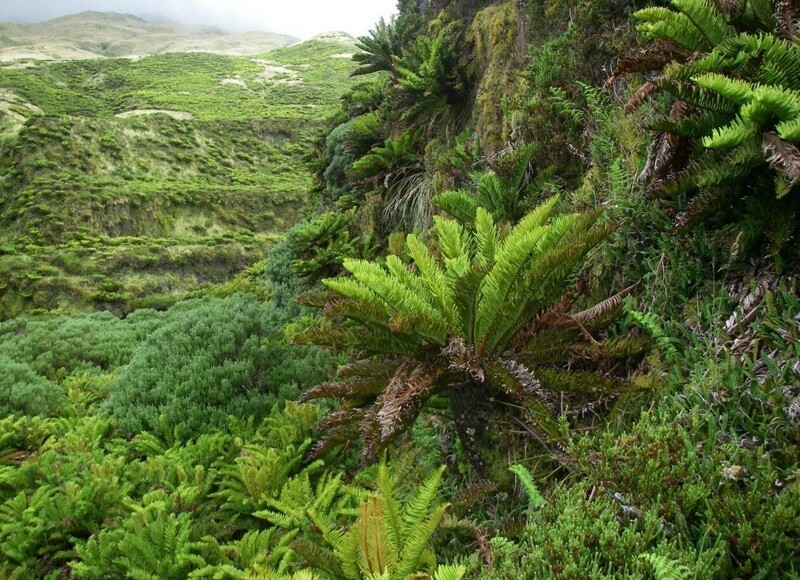

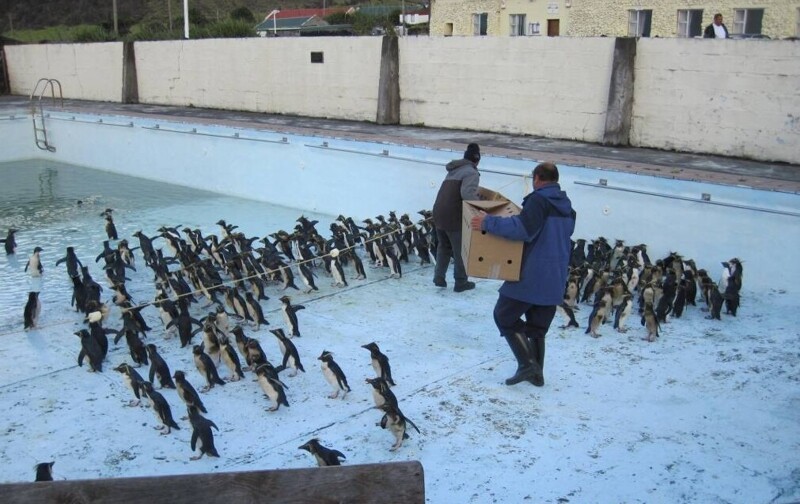
> There is no crime, terrorism, corruption, racial hatred and other diseases of a civilized society. Maybe so looks like heavenly life?



